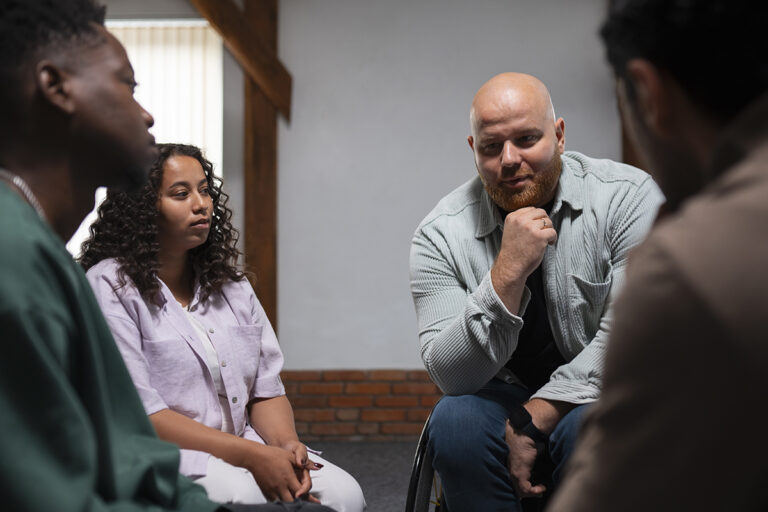Effective Ways to Improve English Language Skills for New Immigrants
Learning English is one of the most essential steps for new immigrants who want to thrive in the United States. The ability to speak, understand, read, and write in English is more than just a communication tool—it’s a bridge to opportunities. It helps immigrants navigate everyday life, pursue education, find employment, and actively engage in their communities. This article presents several practical strategies and resources that new immigrants can use to improve their English language skills, build confidence, and gradually become more independent in their new environment.
1. Attend ESL Classes (English as a Second Language)
Many community colleges, adult schools, and nonprofit organizations offer ESL classes specifically designed for non-native speakers. These classes usually include a combination of speaking, listening, reading, and writing exercises. Some programs are free, while others may charge a small fee. These classes are often taught by certified instructors who understand the challenges immigrants face. Joining a formal class also provides structure, motivation, and the chance to meet others with similar goals.
2. Use Online Resources
The internet is full of free and affordable tools that can help immigrants practice English anytime, anywhere. Popular apps like Duolingo, Memrise, and Babbel make language learning interactive and fun. Websites such as USA Learns and BBC Learning English offer lessons on grammar, vocabulary, and pronunciation. YouTube also has many channels focused on English language learning. These resources are great for self-paced learning and are especially helpful for those with busy schedules.
3. Practice English in Daily Life
One of the most effective ways to improve English is by using it in everyday situations. Immigrants can practice speaking when shopping, riding the bus, or ordering food at a restaurant. Asking questions, reading signs, and listening to announcements can all be learning moments. Making mistakes is normal—it’s part of the learning process. Over time, these small daily interactions add up to significant improvement.
4. Watch, Listen, and Read in English
Immersing yourself in English-language media helps you become more familiar with pronunciation, tone, and usage. Watching TV shows or movies with subtitles, listening to simple English podcasts, and reading children’s books, newspapers, or bilingual texts are all effective strategies. It’s helpful to choose content that matches your current level so you don’t feel overwhelmed.
5. Join Conversation Groups or Language Clubs
Many public libraries, community centers, and faith-based organizations host English conversation circles. These are informal gatherings where English learners can practice speaking in a relaxed, friendly setting. Participating in these groups builds confidence and improves speaking skills. You also get to meet new people and feel more connected to your community.
6. Find a Conversation Partner
Some organizations match English learners with fluent speakers who volunteer to meet regularly for conversation practice. This one-on-one interaction provides personalized support and real-time feedback. You can talk about daily life, culture, or news topics. Over time, this type of consistent communication helps build fluency and comfort with the language.
7. Stay Motivated and Be Consistent
Language learning takes time, effort, and patience. Set realistic and achievable goals—such as learning five new words a day or practicing English for 20 minutes each evening. Celebrate small successes, and don’t be discouraged by setbacks. The key is to keep going. Surround yourself with supportive people who encourage your progress.
Conclusion
Improving English skills opens many doors for new immigrants—from better jobs to stronger community involvement. By using the tools and opportunities available, and by staying consistent and motivated, every immigrant can take meaningful steps toward greater independence, confidence, and success in their new life in the United States.




